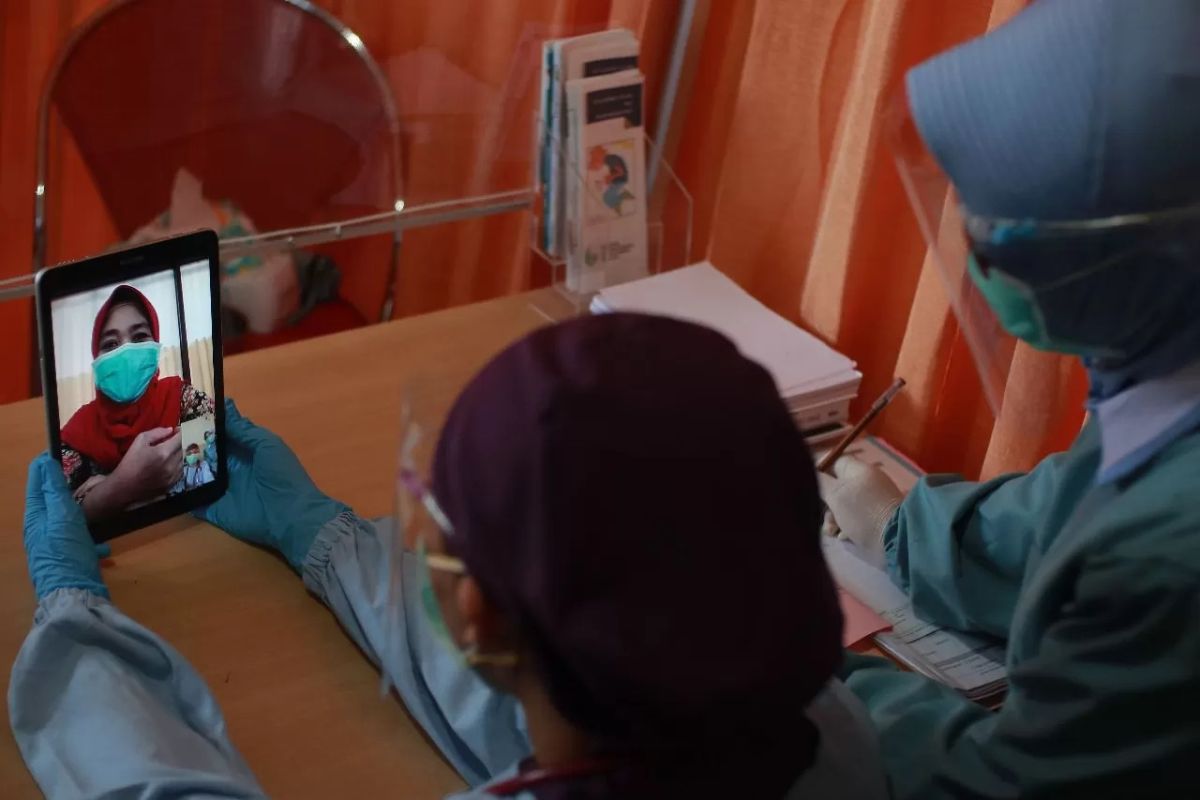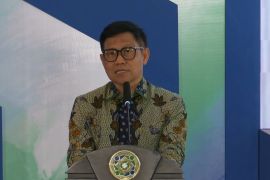Sadikin, who was earlier a banker, affirmed that health digitization efforts carried out by his side were inspired by the banking system, where every transaction data sent has a clear flow from the shop or merchant, which is then sent to a central server to thereafter be forwarded to the relevant bank to ensure the balance is available and finally returned via the original route to complete the transaction.
With a similar system, he believes that the health system in Indonesia can be improved. One of ways is through implementing an easy administrative system for patients seeking treatment at the hospital.
Efforts to change the governance of health services that encompasses integration of information systems, research, and health development, are mandated in Health Minister's Regulation Number 21 of 2020 concerning the Strategic Plan of the Ministry of Health for 2020-2024.
However, such transformation requires meticulous planning, both from the regional and central government. Hence, the health digitalization process at both levels is being carefully planned through the 2021-2024 Health Technology Transformation Roadmap.
The road map has three priority activities, namely integration and development of health data systems; integration and development of health service application systems; and development of the health technology ecosystem.
In 2023, the transformation of health technology in Indonesia was targeted to implement artificial intelligence (AI) for health analysis system, run an integrated health facility system platform, and expand licensing and implementation of health innovation and technology, especially biotechnology innovation.
The efforts will be realized through several digital health transformation steps that have been carried out by the Health Ministry, including by launching several digital health products, such as the Farmaplus 2.0 web page for the public to check the availability and prices of medicines at various health service facilities and pharmacies in Indonesia, as well as electronic medical records (RME) that are integrated into the SATUSEHAT application.
The Farmaplus 2.0 website is a one-stop gateway for the public to obtain information on the availability and prices of medicines at various health service facilities and pharmacies in Indonesia. Drug information in Farmaplus 2.0 is equipped with drug names, descriptions, general indications, composition, warnings, drug side effects, prices, and information on health service facilities that provide drugs, including addresses, web pages, and contact numbers.
Meanwhile, the RME, which is integrated into the SATUSEHAT application, allows patients to check their visit history, doctor's diagnosis, and medication given at health service facilities that have used RME through their respective management information systems and is integrated with the SATUSEHAT application.
The SATUSEHAT application will enable medical personnel to cut short the work of data input. System simplification is also conducted by making the language and data standards uniform. The application development is also being carried out through the development of artificial intelligence (AI) use, for instance, in health checks at integrated health posts (posyandu).
In 2024, the transformation of health technology in Indonesia is targeted to expand to big data systems. The coverage expansion is also targeted at integrated health information systems at health facilities. The integration of Indonesian health technology innovation products with the global market is also targeted to be able to face the next stage.
The ministry has also targeted an expansion for health digitalization in the 2025-2029 Digital Health Transformation Strategy (DHTS) that also includes handling all diseases in Indonesia.
DHTS 2025-2029 is the basis for the roadmap and implementation of digital health in Indonesia, with a goal to realize an interconnected health care system in Indonesia.
Head of Tribe Health Innovation Ecosystem of the Health Ministry’s Digital Transformation, Patota Tambunan, stated that DHTS 2025-2029 is needed to integrate data standards, technology, and digital health transformation infrastructure currently being built by his side.
Health technology transformation is an important foundation in building the transformation of the Indonesian health system that aims to improve the health system to become stronger, more resilient, and independent in facing health threats in the future.
Transformation of the health system carried out by the Health Ministry consists of six pillars: transformations on primary services, referral services, health resilience system, health financing system, health human resources, and transformation of health technology.
"This technological transformation is important because this technology will help support the other five pillars of transformation," Tambunan had stated on December 11, 2023.
In order to realize health technology transformation, the government and all relevant stakeholders in Indonesia must support and disseminate information on the health technology transformation efforts that are currently being promoted.
This is since digital health is included in one of the priority sectors for the government in establishing e-government or an Electronic-Based Government System (SPBE).
Related news: Digitalization facilitates better work in heath sector: Minister
Related news: COVID control now individual responsibility: ministry
Editor: Rahmad Nasution
Copyright © ANTARA 2024












